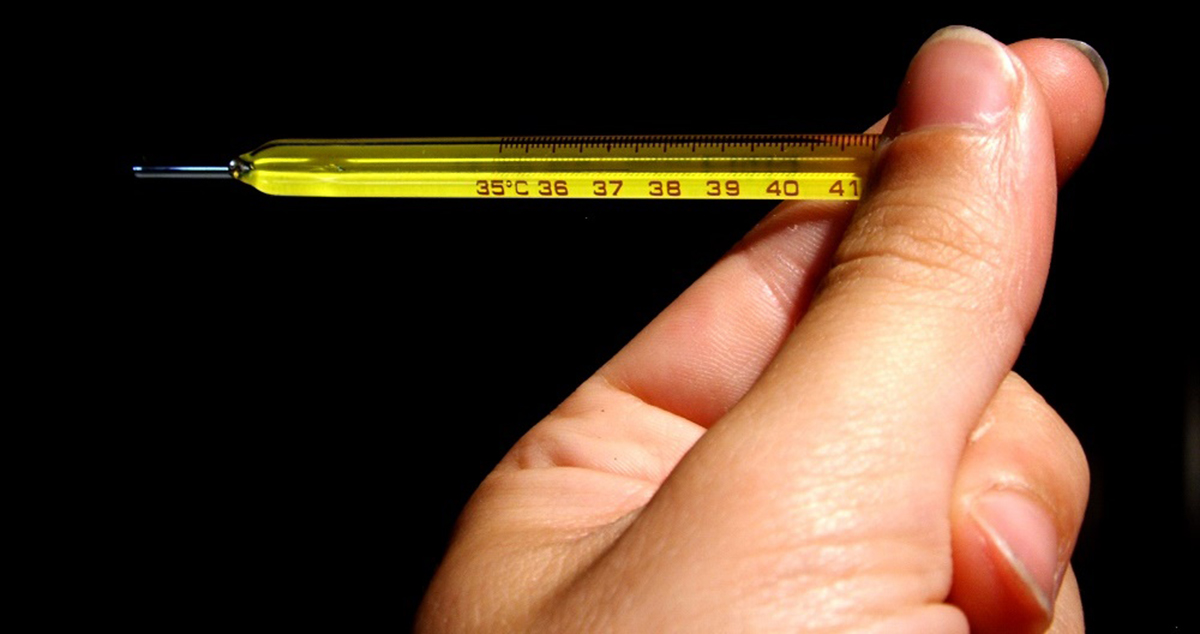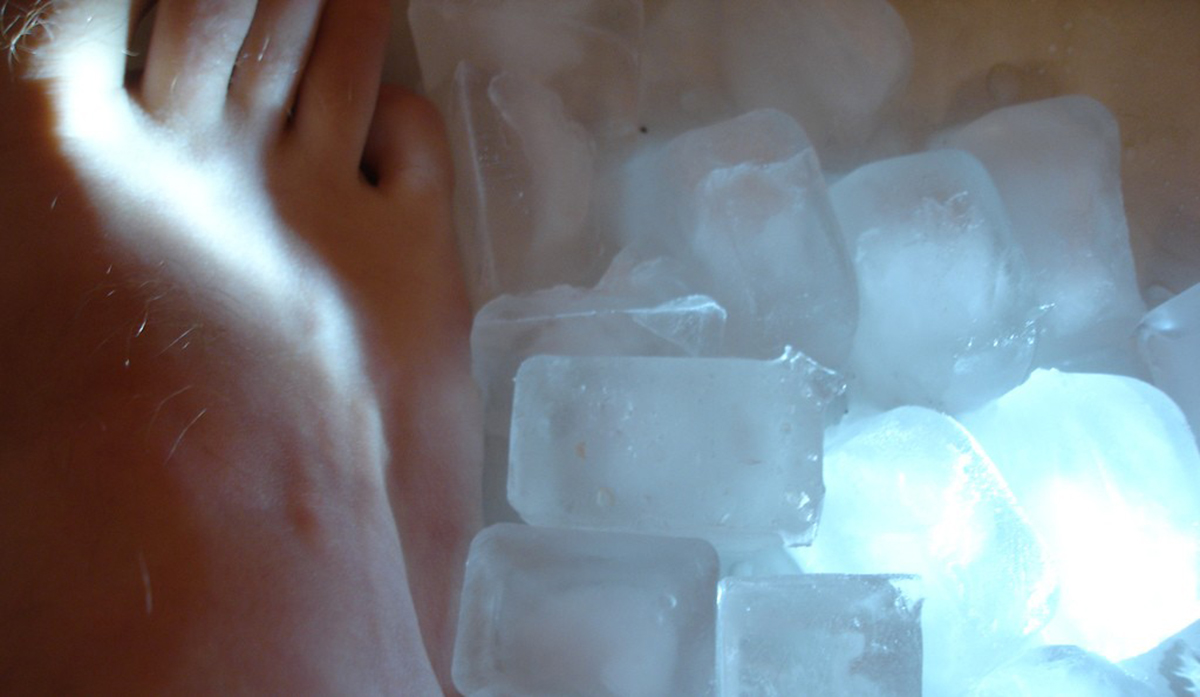Sudden cardiac arrest (SCA) is a medical emergency that can cause irreversible brain damage or even death, if not treated within minutes. The heart pumps blood to the brain at a particular rate and in a regular rhythm so that there is a constant supply of oxygen to the brain. This is very essential for the proper functioning of the brain. Any disturbance in the electrical system of the heart disrupts the normal pumping mechanism and can cause severe and irreparable damage to the brain.

This technique of lowering the body temperature to prevent or reduce damage to the tissues is called therapeutic hypothermia.
Sudden cardiac death – unexpected death due to cardiac cause
An unexpected loss of heart function (sudden cardiac arrest) represents danger to every system of the human body. Blood flow to the vital organs stops abruptly and the main sufferer is the brain. Unexpected death that occurs due to a sudden cardiac arrest is referred to as Sudden Cardiac Death (SCD). It stands out as a leading cause of death worldwide, and ventricular fibrillation is reported to be the underlying cause in most of the cases. Myocardial infarction (heart attack), coronary artery disease, other rhythmic and structural abnormalities of the heart, stroke and pulmonary embolism constitute some of the other causes of SCD.
A few minutes of disrupted blood supply to the brain can cost lives
A constant supply of oxygen and glucose is essential for the survival of the brain tissues. When blood flow to the brain ceases following a cardiac arrest, the supply of oxygen and glucose is cut off.
The brain tissues switch on to anaerobic metabolism and the resulting cascade of metabolic events cause anoxic brain injury to set in.
Even when circulation is restored after some time, the reperfusion (return of blood to the brain tissues) can itself cause secondary brain injury by various inflammatory responses and chemical reactions that occur over a period of time (minutes, hours or days). Many patients who survived a cardiac arrest after return of spontaneous circulation (ROSC) die after some days due to the brain injury. One study suggests that two-thirds of the patients who died after out-of-hospital cardiac arrest and one-fourth of the patients who died after in-hospital cardiac arrest died due to such brain injuries. Hence it is crucial that the brain’s metabolic rate be reduced during the period after reperfusion so that the brain damage is minimized.
See Also: Reflexology a.k.a. Zone therapy
Therapeutic hypothermia can help reduce brain injury
It has been suggested that efforts to cool the brain by inducing hypothermia can limit the brain damage and thus improve the survival rate and the neurological outcome. The several possible mechanisms by which hypothermia limits brain damage are:
- Hypothermia reduces the metabolic rate of brain.
- Hypothermia suppresses certain chemical reactions like the release of excitatory amino acids and calcium shifts that are associated with the reperfusion injury.
- Hypothermia suppresses the release of free radicals and attenuates the inflammatory responses that follow reperfusion injury.
- It reduces blood brain barrier disruptions and decreases the permeability of blood vessels, thus preventing the development of cerebral edema.
- Hypothermia helps stabilize the cell membranes.
- It improves brain glucose metabolism and hence the ability of brain to utilize glucose is increased.
Therapeutic Hypothermia – Procedure And Techniques
Therapeutic hypothermia is nothing but a deliberate reduction of the body temperature of the patient.

When the target temperature is reached, the patient is let into a stage of induced coma and the temperature is maintained for a period of 12 to 24 hours. Then the temperature is again restored to around 37° C slowly over a period of 12 hours. The bladder temperature is measured using a probe for monitoring because it is more reliable when compared to the other temperature-monitoring techniques. Tympanic membrane temperature monitoring is another reliable and at the same time, an easy and non-invasive method to monitor and regulate the temperature during the procedure.
Various techniques have been in use for the cooling procedure. The use of cooling blankets; application of ice packs to the groin, axillae and neck and the use of wet towels and cooling helmets are some of the surface cooling techniques. Infusion of cold fluids into the carotid artery, ice water nasal lavage (irrigation/washing out), cold peritoneal (abdominal) lavage, nasogastric and rectal lavage and infusion of cold fluids into the veins are some of the invasive techniques used to induce hypothermia. Pumping cool saline into the body has better temperature control and regulation. It is also better tolerated by the patient. There are also sophisticated devices available with extracorporeal units that allow for rapid induction of hypothermia.
It is crucial to keep the temperature under control
Continuous monitoring and regulation of the body temperature is crucial as adverse events like arrhythmia, infection and coagulopathy (blood clotting) can occur if the temperature falls considerably below the recommended level. Shivering is another important side effect that can occur during the procedure. Apart from being uncomfortable to the patient, it leads to warming and increases the myocardial as well as overall oxygen consumption and metabolic rate. Muscle relaxants and sedatives are usually administrated simultaneously with the procedure to prevent shivering. Metabolic and electrolyte disturbances, hyperglycemia and adverse cardiac outcomes are also possible.
Therapeutic hypothermia is proposed as a treatment technique for other causes of brain injury
Various studies report promising outcomes with therapeutic hypothermia following cardiac arrest.
See Also: Electroconvulsive therapy (ECT) for mental disorders
However, several research and clinical trials are going on to analyze and evaluate the various methods of cooling, to study the best time for the initiation of cooling and to determine the appropriate length of cooling period. Researchers have been evaluating the benefits of therapeutic hypothermia in conditions like traumatic brain injury, stroke, cardiac arrest in children and neonatal hypoxic-ischemic encephalopathy (neurological impairment in the newborn due to insufficient supply of oxygen).
As for now, the utilization of this technique is limited to the treatment of post-ischemic brain injury following cardiac arrest. Further studies would hopefully throw a broader light on the applications of therapeutic hypothermia in various clinical settings and conditions.
- The Hypothermia after Cardiac Arrest Study Group. Mild Therapeutic Hypothermia to Improve the Neurologic Outcome After Cardiac Arrest. N Engl J Med. 2002 Feb 21, 346: 549-556
- Seupaul RA, Wilbur LG. Evidence-based emergency medicine. Does therapeutic hypothermia benefit survivors of cardiac arrest? Ann Emerg Med. Sep 2011, 58(3): 282-3
- Mark NA. Predicting and Preventing Sudden Cardiac Death. Circulation. 2011, 124: 651-656
- Laver S, Farrow C, Turner D, Nolan J. Mode of death after admission to an intensive care unit following cardiac arrest. Intensive care med. 2004 Nov, 30(11): 2126-28
- Nolan JP, Morley PT, Hoek TL, Hickey RW, ALS Task Force. Therapeutic Hypothermia After Cardiac Arrest. An Advisory Statement by the Advanced Life Support Task Force of the International Liaison Committee on Resuscitation. Circ. 2003, 108:118-21
- Polderman KH. Mechanisms of action, physiological effects, and complications of hypothermia. 2009 July, 37(7): S186-S202
- Alzaga AG, Cerdan M, Varon J. Therapeutic hypothermia. Resuscitation. 70(3), 369-80.
- Photo courtesy of xavixanxe by FreeImages : www.freeimages.com/photo/797579
- Photo courtesy of Kevin Saff by Flickr : www.flickr.com/photos/kevinsaff/248881537


Your thoughts on this